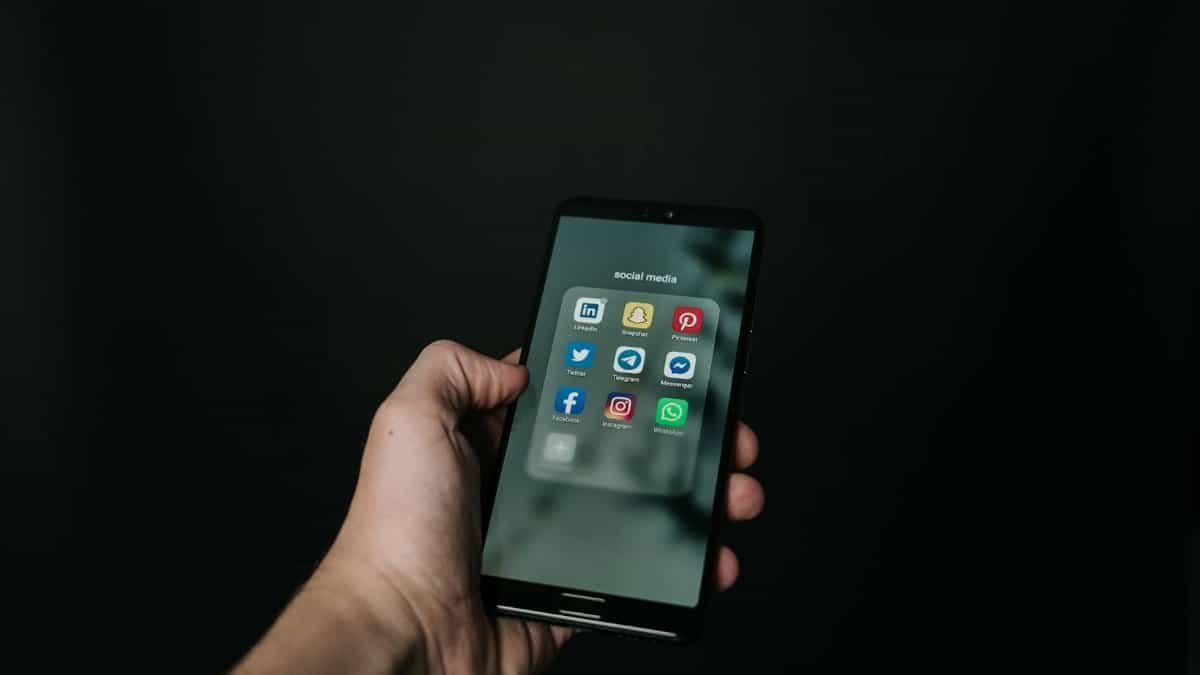Walk down the bustling streets of Portland or the quiet suburbs of Raleigh these days, and a subtle change hums in the air. Conversations at coffee shops linger less on stock portfolios or dream homes and more on mindfulness apps or the latest yoga retreat. This pivot, often called the American dream wealth wellness shift, signals a profound redefinition of success. For generations, the American Dream meant financial security—a house, a car, a climbing bank account. But now, with burnout rates soaring and mental health crises on the rise, many are chasing a different kind of richness: well-being. This isn’t just a fleeting trend. It’s a cultural recalibration, one that’s reshaping how Americans measure a life well-lived in 2025. What’s driving this transformation, and what does it mean for the way we work, live, and connect? Let’s unpack the layers of this evolving ideal.
The Historical Roots of the American Dream

The American Dream has never been static. In the early 20th century, it was tied to land ownership and upward mobility, a promise of prosperity for immigrants and workers alike. By the post-World War II era, it morphed into suburban ideals—white picket fences and two-car garages. Wealth was the yardstick, a tangible marker of achievement. But beneath the surface, cracks always existed. Not everyone could access that dream, and for those who did, material gains often came at the cost of personal strain. Fast forward to the 21st century, and the 2008 financial crisis shook the foundation further, exposing the fragility of wealth as a sole pursuit. Studies from Pew Research show that trust in financial systems waned, with many Americans reevaluating what “making it” really means. This historical churn set the stage for the American dream wealth wellness shift, where emotional and physical health began to edge out dollar signs as the ultimate goal.
Why Wealth Lost Its Luster

Americans aren’t abandoning ambition—they’re redirecting it. The relentless grind for more money often left people hollowed out. A 2023 report from the CDC highlighted a stark rise in anxiety and depression, with over 20% of adults reporting mental health struggles. Meanwhile, the gig economy and corporate burnout culture made financial stability feel like a moving target. One woman, speaking anonymously in online discussions, captured a common sentiment: “I had the salary, the title, but I couldn’t sleep. What’s the point if I’m miserable?” Her words echo a broader realization. Wealth, while still important, no longer guarantees fulfillment. Instead, it’s often seen as a means to an end—funding therapy, time off, or healthier lifestyles. This shift isn’t about rejecting money but rethinking its role in a balanced life.
The Rise of Wellness as the New Currency

Wellness isn’t just a buzzword; it’s become a benchmark. Gym memberships, meditation apps, and organic food sales are booming, with the wellness industry valued at over $1.5 trillion globally, per a 2024 estimate from the McKinsey & Company report. In the U.S., this translates to a cultural obsession with self-care. People aren’t just seeking to feel good—they’re investing in systems to sustain it. Think of the explosion of workplace wellness programs or the popularity of “digital detox” retreats. This isn’t frivolous spending. It’s a deliberate choice to prioritize mental and physical health over traditional markers of status. For many, a clear mind and a rested body are now worth more than a corner office.
The Role of Social Media in Shaping Perceptions

Scroll through any feed, and the message is clear: wellness sells. Influencers tout morning routines with green smoothies and gratitude journals, while viral challenges push mental health awareness. Social media amplifies the American dream wealth wellness shift by making well-being aspirational. But there’s a flip side. The curated images can breed comparison, leaving some feeling they’re failing at “wellness” too. A 2022 study by the American Psychological Association noted that heavy social media use correlates with increased stress in certain demographics. Yet, the same platforms also democratize access to resources—free yoga videos, therapy hotlines, or community support. It’s a double-edged sword, reflecting both the promise and the pressure of this new dream.
Generational Divides in Defining Success

Not everyone interprets this shift the same way. Baby Boomers, raised on postwar prosperity, often still equate success with financial security, though many are warming to wellness in retirement. Gen X, caught between analog and digital worlds, tends to straddle both ideals—saving for the future while dabbling in self-care. Millennials and Gen Z, however, are driving the change. Burdened by student debt and economic uncertainty, they’re more likely to value experiences over possessions. For them, a weekend hike or a stable work-life balance trumps a bigger paycheck. This generational rift isn’t just academic—it plays out in family dinners, where older relatives might scoff at “wasting money” on therapy, while younger ones argue it’s non-negotiable. Bridging this gap requires understanding that the American dream wealth wellness shift isn’t a rejection of the past but an evolution of it.
Workplace Changes Reflecting the Shift

Imagine a Monday morning where the office isn’t a battleground but a space for growth. That’s the vision many companies are chasing in 2025. Flexible hours, mental health days, and on-site mindfulness sessions are no longer perks—they’re expectations. Employees, especially younger ones, demand environments that nurture well-being over endless productivity. Some firms resist, clinging to old metrics of success. But the data speaks: burned-out workers cost businesses billions in turnover and lost efficiency. The shift isn’t just ideological; it’s practical. One tech worker in Austin shared a glimpse of this reality, recalling a team meeting where the boss kicked off with a breathing exercise. “It felt weird at first,” they admitted, “but I left calmer.” Small ripples like these hint at a larger wave reshaping how we define a “good job.”
Challenges in Making Wellness the Priority

Redefining the American Dream sounds noble, but it’s not seamless. Wellness often comes with a price tag—therapy sessions, gym fees, or time off work aren’t free. For low-income households, the shift can feel like another unattainable goal, widening inequality. There’s also the risk of overcorrecting, where the pursuit of well-being becomes its own stressor. Are you meditating enough? Eating clean enough? The irony stings. And for some, the cultural push toward wellness dismisses legitimate financial fears—bills don’t pay themselves with positive vibes. Navigating this balance is tricky. It requires acknowledging that while the American dream wealth wellness shift offers a compelling vision, it’s not a one-size-fits-all fix. Structural support, like affordable healthcare and paid leave, must catch up to the rhetoric.
What This Means for the Future

As this shift deepens, its ripple effects could touch every corner of American life. Schools might prioritize emotional literacy alongside math. Communities could invest more in green spaces than luxury developments. Even politics, often fixated on economic growth, might pivot to well-being metrics. But change won’t happen overnight. It demands collective will—individuals rethinking personal goals, and systems adapting to new priorities. The American dream wealth wellness shift isn’t a destination; it’s a journey. And while the path is uneven, the growing consensus is clear: a life worth living isn’t just about what you have, but how you feel. For now, that’s a dream worth chasing.
